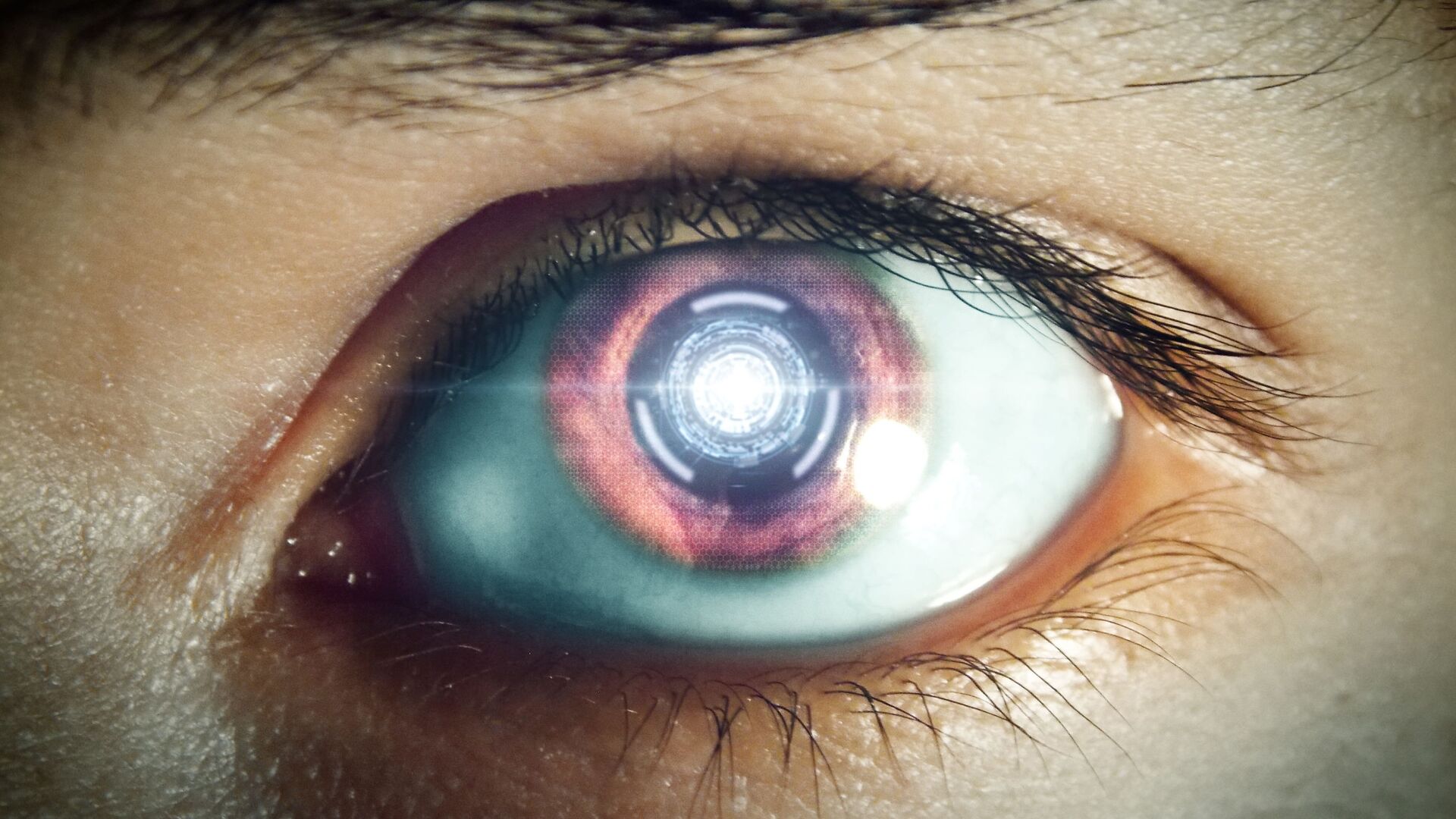https://sputnikglobe.com/20220814/cornea-transplant-tissue-made-from-pig-skin-could-help-restore-peoples-eyesight-1099579171.html
Cornea Transplant Tissue Made From Pig Skin Could Help Restore People's Eyesight
Cornea Transplant Tissue Made From Pig Skin Could Help Restore People's Eyesight
Sputnik International
Along with developing the bio-engineered tissue to be used in the transplantation, the research team has also come up with a technique that needs no stitches... 14.08.2022, Sputnik International
2022-08-14T13:18+0000
2022-08-14T13:18+0000
2022-08-14T13:49+0000
science & tech
eye surgery
transplantation
tissue
trial
good news
https://cdn1.img.sputnikglobe.com/img/07e5/08/18/1083701779_0:257:2731:1793_1920x0_80_0_0_9837143546c343cb4f4a16f4e20f293f.jpg
A new pilot clinical trial conducted in India and Iran resulted in 20 individuals who had formerly suffered from diseased corneas, having their sight restored.Following the trial, which involved the transplantation of bio-engineered corneal tissue, 14 of the participants who were blind before the procedure exhibited “final mean best-corrected vision (spectacle or contact lens) of 20/36 and restored tolerance to contact lens wear”, the researchers write in their study published in Nature Biotechnology.As ScienceAlert points out, although about 12.7 million people in the world suffer vision loss because of problems with the cornea, only 1 in 70 receive a transplant because of the shortage of donated corneal tissue.This situation, however, may improve thanks to the material produced by the research team, called bio-engineered porcine construct, double crosslinked (BPCDX) and produced via purification of collagen from pig skin.The team also devised a technique that requires no stitches during the implant procedure, thus making the doctors performing it less reliant on “specialized conditions and equipment”, the media outlet added.
Sputnik International
feedback@sputniknews.com
+74956456601
MIA „Rosiya Segodnya“
2022
News
en_EN
Sputnik International
feedback@sputniknews.com
+74956456601
MIA „Rosiya Segodnya“
Sputnik International
feedback@sputniknews.com
+74956456601
MIA „Rosiya Segodnya“
science & tech, eye surgery, transplantation, tissue, trial, good news
science & tech, eye surgery, transplantation, tissue, trial, good news
Cornea Transplant Tissue Made From Pig Skin Could Help Restore People's Eyesight
13:18 GMT 14.08.2022 (Updated: 13:49 GMT 14.08.2022) Along with developing the bio-engineered tissue to be used in the transplantation, the research team has also come up with a technique that needs no stitches during the procedure.
A new pilot clinical trial conducted in India and Iran resulted in 20 individuals who had formerly suffered from diseased corneas, having their sight restored.
Following the trial, which involved the transplantation of bio-engineered corneal tissue, 14 of the participants who were blind before the procedure exhibited “final mean best-corrected vision (spectacle or contact lens) of 20/36 and restored tolerance to contact lens wear”, the researchers write in their study published in Nature Biotechnology.
As ScienceAlert points out, although about 12.7 million people in the world suffer vision loss because of problems with the cornea, only 1 in 70 receive a transplant because of the shortage of donated corneal tissue.
This situation, however, may improve thanks to the material produced by the research team, called bio-engineered porcine construct, double crosslinked (BPCDX) and produced via purification of collagen from pig skin.
"We've made significant efforts to ensure that our invention will be widely available and affordable by all and not just by the wealthy. That's why this technology can be used in all parts of the world," said Mehrdad Rafat from the Department of Biomedical Engineering at Linkoping University in Sweden who was involved in the study.
The team also devised a technique that requires no stitches during the implant procedure, thus making the doctors performing it less reliant on “specialized conditions and equipment”, the media outlet added.
"A less invasive method could be used in more hospitals, thereby helping more people. With our method, the surgeon doesn't need to remove the patient's own tissue. Instead, a small incision is made, through which the implant is inserted into the existing cornea," said Neil Lagali from the Linkoping University’s Division of Ophthalmology.



